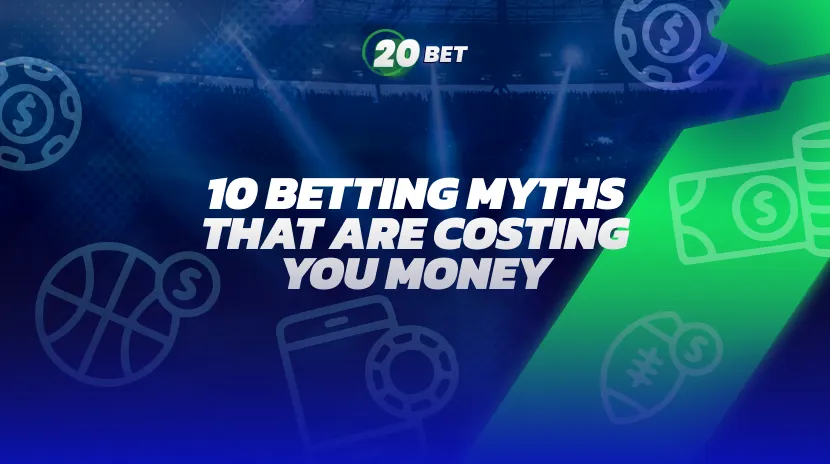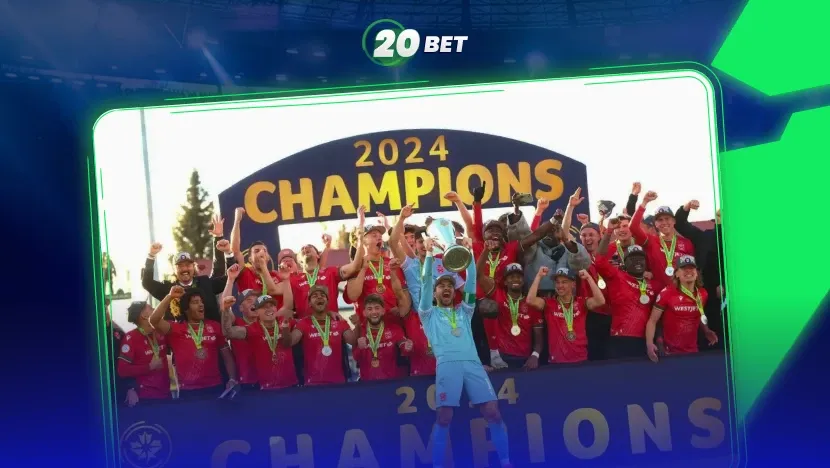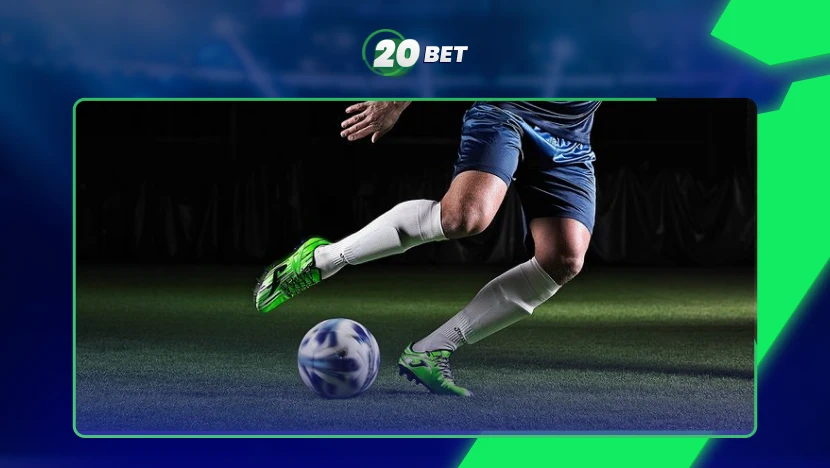Most losses do not come from bad luck, they come from bad beliefs. A handful of sports betting myths quietly tax every ticket: “the house always wins,” “high stakes fix losses,” “favorites are safe,” “bonuses are free money.” Each one bends judgment away from math, then variance and volatility do the rest.
Each myth is unpacked with plain language, quick math, and simple guardrails: bankroll rules that curb emotion, a “value first” checklist for smart betting, and fast ways to spot correlation traps and independence errors like the gambler’s fallacy. Built for US and Canadian readers, focused on practical strategy, not systems or secrets.
Read the myth, learn the leak, apply the fix. Track odds, convert to probabilities, and only bet when the price beats your forecasting. Fewer, better decisions protect the roll, and patience compounds small edges over time.
Myth 1: “The House Always Wins”
Casinos and sportsbooks make money in different ways. Understanding this removes the mystery.
Clarifying the Concept: House Edge vs. Smart Betting
For table games, the casino house edge is baked into rules, over time, the edge grinds small mistakes. Sportsbooks, however, make money through margin in odds; they post prices and take a cut via the spread between true probability and offered lines. Smart betting aims to buy prices where the offered probability is lower than reality, lifting expectation above zero.
When Value Bets Can Beat the House
Value shows up when a market misprices outcomes, for example, +120 implies 45.45% win chance, while +150 implies 40%. If a fair chance is 45% and the book posts +150, the bet has positive EV. This is about analysis, not luck, discipline and patience are required because variance will swing results short-term.
Myth 2: “You Can Speed Up Profits with High Stakes Betting”
Start with the core idea: stakes change how fast a bankroll swings, not how good a bet is.
Risk Explosion vs. Long-Term Discipline
Raising stakes multiplies volatility and risk, and it does it instantly. Expect bigger drawdowns without any improvement in true probability. Long-term success leans on discipline, and small fractional staking levels out the ride.
Why Bankroll Management Wins in the Long Run
A simple plan works:
- Flat stake 0.5–2% of bankroll per play, depending on edge and comfort.
- Cut stake after losing streaks to respect variance.
- Track closing-line value to judge forecasting quality.
This converts randomness into a manageable process; the edge compounds, and the swings stop dictating emotions.
Myth 3: “Betting Systems Can Guarantee Wins”
An intro keeps this grounded: systems promise certainty, but prices and math still rule.
The Math Behind Progressive Betting Systems
Martingale, Labouchere, and other popular online betting systems change stake size but do not change true expectation. On negative-EV games, staking patterns only rearrange losses. The question “Are sports betting systems scams?” gets asked because the wins look smooth until the one large bet hits a limit or empties the roll.
Real-World Failure Points
Two things break these systems:
- Caps and book limits arrive before recovery.
- Bankroll exhaustion happens faster than expected because losing streaks are normal under probability.
Better to improve pricing skills than to chase a pattern that fights arithmetic.
Myth 4: “You’re ‘Due’ for a Win”
A quick setup clarifies the trap: memory in random events is a human misperception.
The Gambler’s Fallacy Explained
This gambler’s fallacy says past misses make the next hit more likely. Independent events do not “remember” past outcomes. Ten coin flips landing tails do not push the next flip toward heads.
Why Independence of Events Matters
Confusing streaks with predictability leads to over-staking. Treat each bet as fresh and price it with current info only. Do not let patterns in the rear-view mirror bend judgement.
Myth 5: “Insider Info Gives Unfair Advantage”
True insider edges are rare, risky, and often illegal.
Legal Limits and Availability of True Insider Knowledge
Leagues and regulators police this. Even when rumors are true, odds often move before a ticket gets placed. Relying on leaks invites risk without reliable analysis.
Soft Betting Lines vs. Strong Hidden Edges
A better route is finding betting soft lines, meaning slow, soft markets that have not updated to new information. Target props, niche leagues, or overnight numbers where forecasting beats the book’s speed, this is legal, repeatable, and based on research rather than whispers.
Myth 6: “You Can Recover Losses by Chasing”
Set the scene first: losses trigger emotion, and emotion pushes bad decisions.
Tilt Triggers and Emotional Betting
After a bad beat, psychology flips to urgency. This is tilt. Tilt ignores price, overrules strategy, and raises stakes in a hurry.
The Downward Spiral of Chasing Losses
A betting loss recovery system looks logical on paper, but the spiral is brutal in practice. The fix is pre-commitment:
- Daily stop-loss and stop-win limits
- A cooling-off timer after two consecutive impulse bets
- No live betting during tilt periods
Rules like these convert emotion into routine, protecting the roll.
Myth 7: “More Bets Improves Your Chances”
Books take a slice on every ticket. More tickets pay more juice.
Volume Without Value ≠ Profit
Adding low-edge bets increases the total margin paid. Even a small negative EV multiplied by volume bleeds a roll.
Quality Over Quantity in Bet Selection
Pick fewer bets with clear edges:
- Only wager when odds beat fair implied probability
- Avoid same-game picks that have hidden correlation unless priced correctly
- Log reasons, not vibes, to keep analysis honest
Myth 8: “Favorites Always Pay Off”
This one needs a pricing lens: favorites win often, but the price still decides EV.
Understanding Payout vs. Implied Probability
Convert prices to implied probability first. Example, −200 implies 66.7%. If a fair chance is 60%, the favorite is overpriced even if it wins most nights.
Value Lies in Overlooked Underdogs
An underdog betting strategy looks for teams or fighters shaded by narrative rather than numbers. Small plus-money edges compound well, especially when correlation across markets is low and volatility is managed via stakes.
Myth 9: “Betting Can Solve Financial Woes”
A short framing keeps this responsible: gambling is entertainment, it is not a salary.
The Danger of Treating Betting as Income
Income requires stability, betting returns swing with variance. Trying to “pay bills with bets” escalates stakes and pressure, which damages decisions.
Responsible Budgeting and Clear Boundaries
Build a gambling budget separate from living expenses, then set weekly caps. Track deposits and withdrawals. If the goal is fun, label it, if the goal is growth, expect slow compounding and be okay with down weeks.
Myth 10: “Bonuses are Always a Bargain”
Promotions can be great, but terms decide value.
High Rollover Requirements and Hidden Terms
Big banners often hide rollover like 10x–30x, game weightings, market exclusions, and max-win caps. These can turn headline numbers into neutral EV or worse, classic online casino myths thrive here.
Calculating Realistic Value vs. Bonus Hype
To judge value quickly, multiply the bonus by game weighting and divide by rollover to estimate cost. Track progress in a sheet. If EV is thin, skip it. Smart use of promos beats blind chasing.
Responsible Gambling
A quick reminder keeps this healthy. Set time and money limits, avoid betting during stress, pause after long losing runs, and talk to someone if control feels shaky. In the US and Canada, provincial and state resources offer confidential help. Treat betting as a hobby first, and protect the rest of life with strong boundaries.
FAQ
How do betting myths subtly ruin profitability over time?









